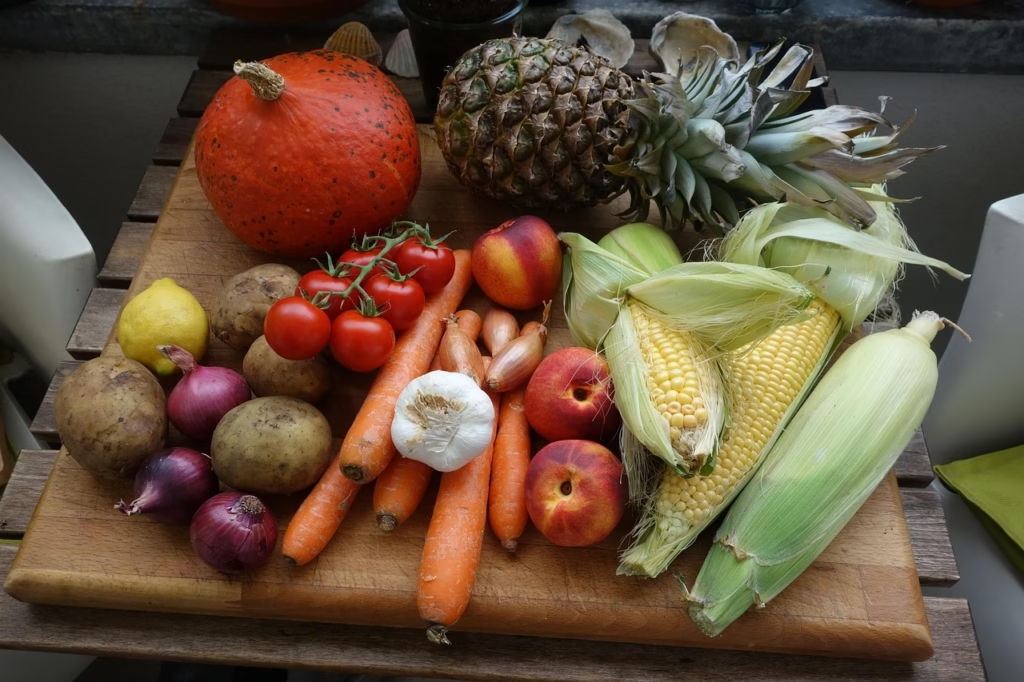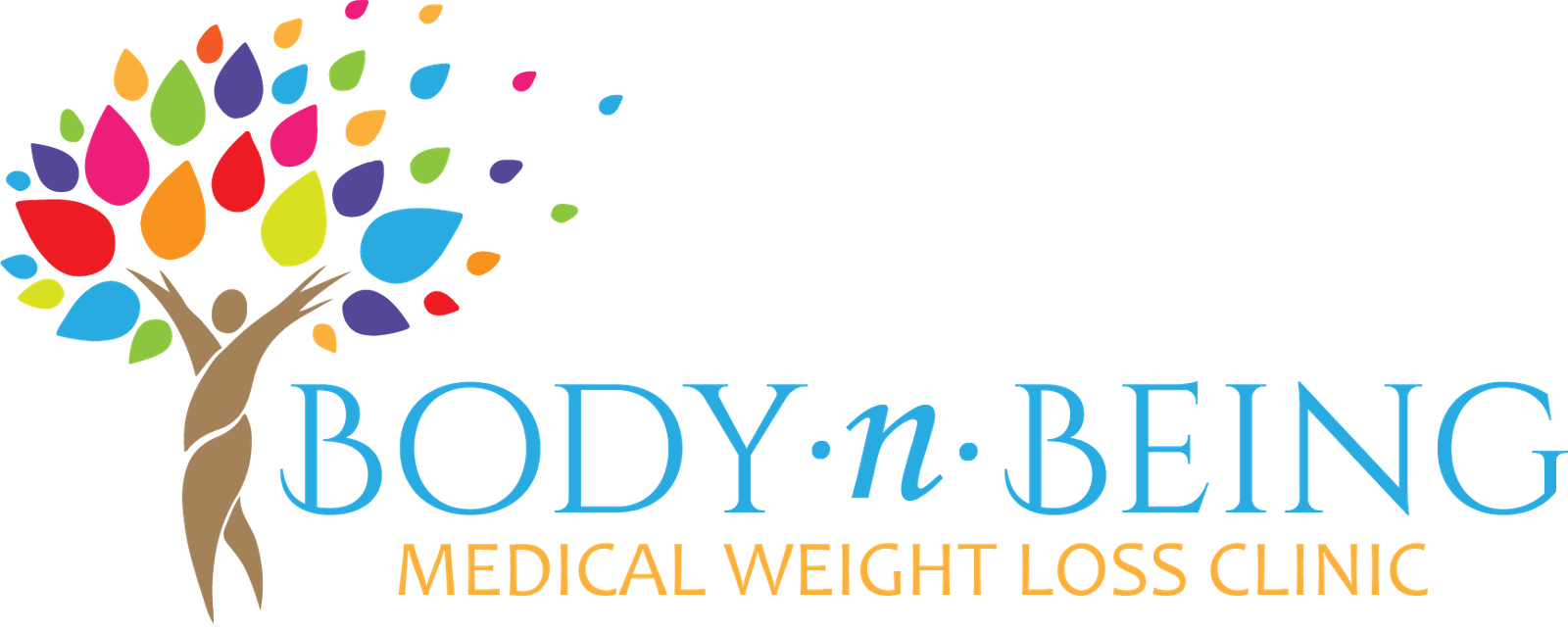
How Much Fiber Do You Need & Why Aren’t You Getting Enough?
Think You’re Eating Enough Fiber? Think Again.
Most adults should get 14 grams of fiber per 1,000 calories consumed. That’s about 28 to 34 grams per day for most men. However, the average intake is less than half that amount, according to the Dietary Guidelines for Americans 2020–2025.

Why Is Fiber Intake So Low?
Dr. Walter Willett, a professor at Harvard’s T.H. Chan School of Public Health, points to poor food choices as a major reason. Processed foods made from refined grains—like white rice, white bread, pasta, pastries, and crackers—lack fiber.
Another factor is aging. As people get older, they often eat less, which reduces their fiber intake. Many high-fiber foods also require more chewing, which can be difficult for some older adults.
The Two Types of Fiber
- Soluble fiber absorbs water, forming a gel that slows digestion, helps you feel full, and softens stools.
- Insoluble fiber adds bulk to stool and helps prevent constipation.
The Health Benefits of Fiber
A high-fiber diet can:
✔ Lower LDL (“bad”) cholesterol
✔ Reduce the risk of heart disease, diabetes, and certain cancers
✔ Support gut health and strengthen the immune system
✔ Reduce inflammation and may help protect against dementia
Where to Find Fiber
There are plenty of delicious, high-fiber foods to choose from, including:
🍎 Fruits
🥦 Vegetables
🥜 Nuts & Seeds
🌾 Whole Grains
🥣 Legumes (beans, lentils, peas)
How much do you need?
- 2 to 4 servings of fruit
- 2 to 5 servings of vegetables, whole grains, or legumes
- 1 to 2 servings of nuts and seeds
No need to track fiber intake too closely—just focus on eating a variety of fiber-rich foods while avoiding refined grains. “If you love blueberries, start with two servings a day,” says Dr. Willett. “You can gradually add other fiber-rich foods.”
What About Fiber Supplements?
Fiber supplements—like Metamucil, Benefiber, and Citrucel—come in powders, capsules, and chewables. They may help if you:
✅ Struggle to eat fiber-rich foods
✅ Have trouble chewing
✅ Experience constipation due to medication
✅ Follow a low-carb diet
However, supplements shouldn’t replace whole foods since they lack the micronutrients found in fiber-rich foods. If you think you need a supplement, consult your doctor.

Easy Ways to Eat More Fiber
✔ Swap white pasta for whole wheat, quinoa, or lentil pasta
✔ Replace white rice with brown rice, bulgur, or farro
✔ Eat beans, lentils, or peas at least three times a week
⚠ Increase fiber slowly to avoid bloating and stomach discomfort. Also, drink plenty of water to help your body adjust.
Small changes add up—before you know it, you’ll be meeting your fiber goals and improving your health!

Leave a Reply